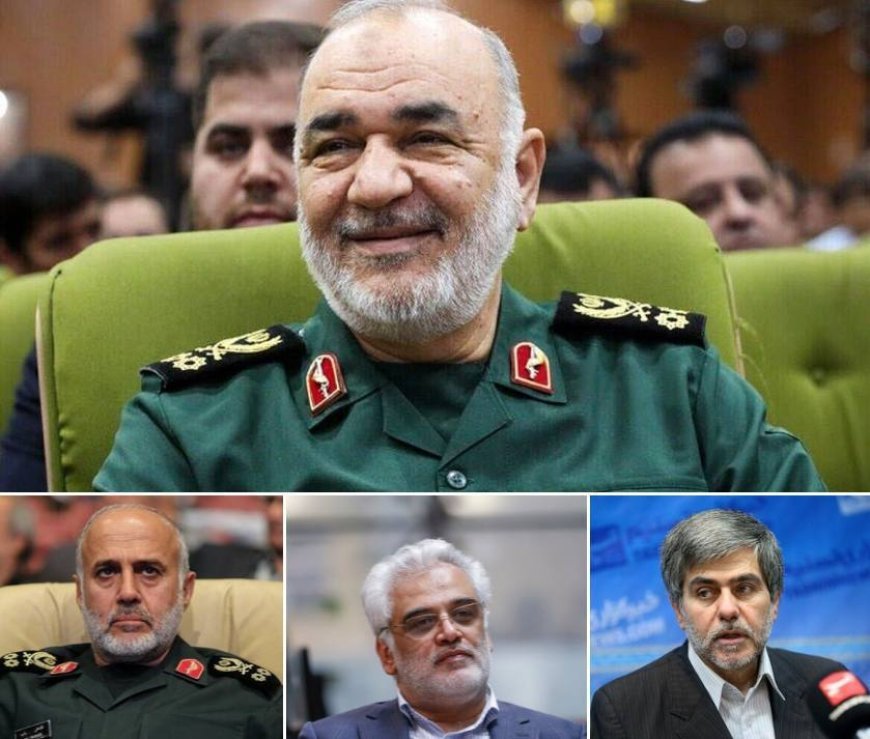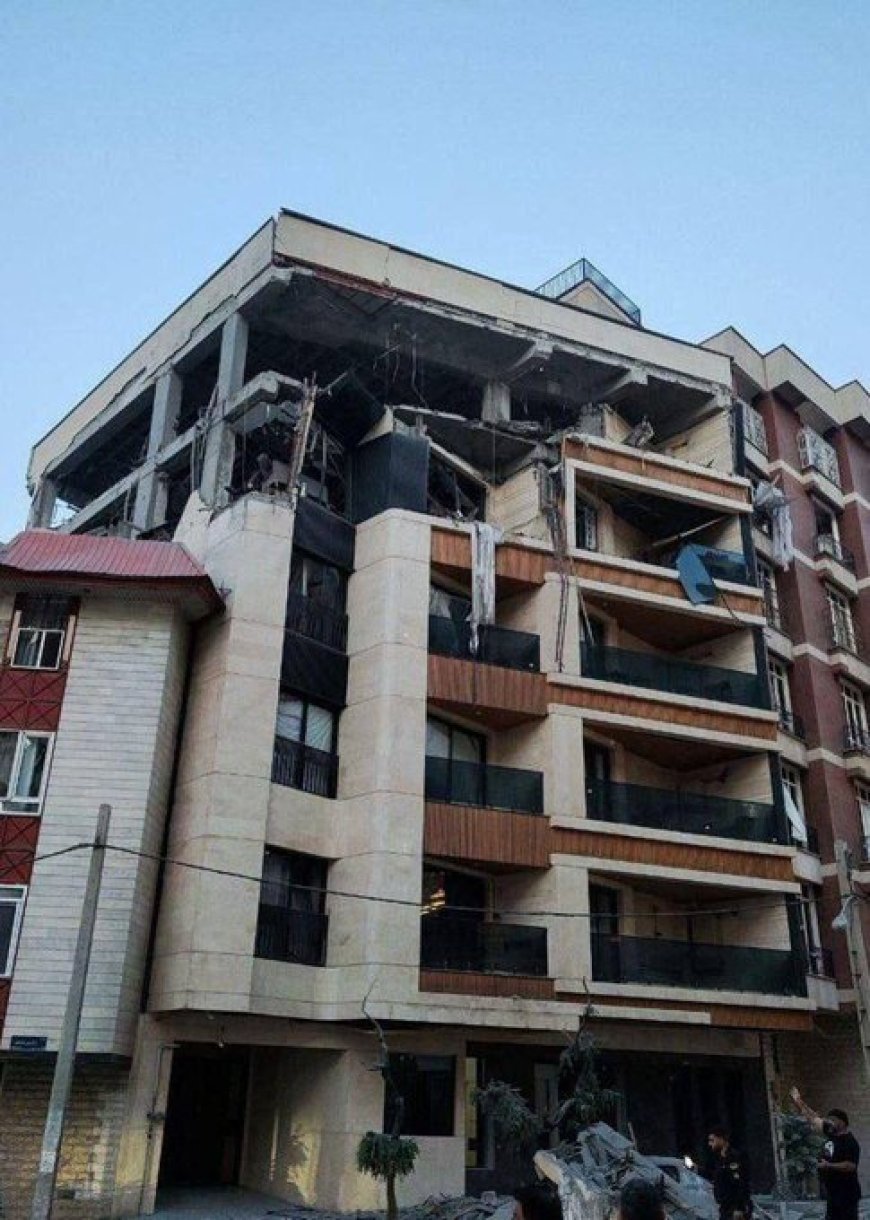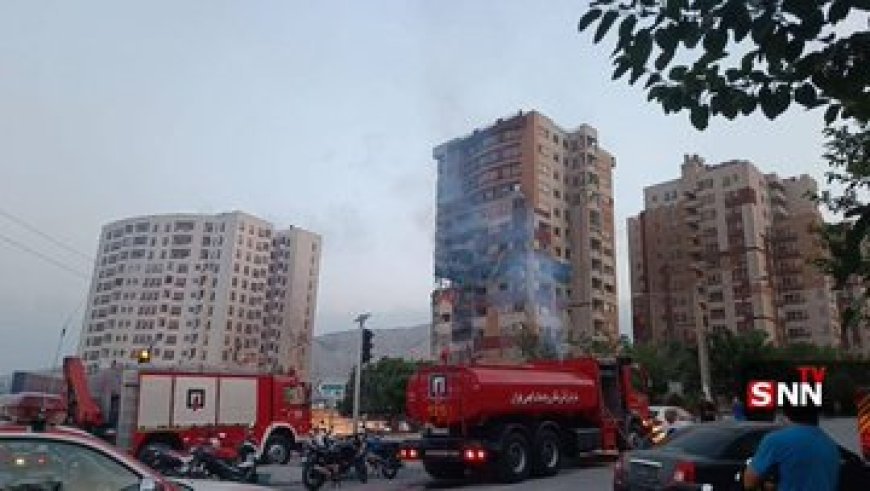Operation Rising Lion on Iran by isreal
On June 13, 2025, Israel launched a large-scale, coordinated military operation—dubbed “Operation Rising Lion”
On June 13, 2025, Israel launched a large-scale, coordinated military operation—dubbed “Operation Rising Lion”—against targets on Iran, marking one of the most hard overt strikes in the known decades-long shadow war between the two nations. The Israeli Defense Forces (IDF) reported that more than 200 fighter jets struck over almost 100 sites, including nuclear facilities and missile factories, ammunation depot, with high precision guided munitions. This operation represents a marked escalation from the mostly deniable, proxy-based confrontations that have characterized Israel–Iran tensions in recent years
Historical Context
Tensions between Israel and Iran have simmered since the 1979 Iranian Revolution, intensifying over Tehran’s nuclear program and support for proxy groups across the Middle East. Iranian leadership has frequently dismissed Israeli warnings of a military strike as saber-rattling, but intelligence assessments as far back as February 2025 warned that Iran’s uranium stockpile, enriched up to 60 percent purity, was edging closer to weapons-grade levels—prompting Israeli policymakers to consider preemptive action
Execution of “Operation Rising Lion”
The operation commenced in the pre-dawn hours, as waves of Israeli Air Force (IAF) F-15I “Ra’am” and F-35I “Adir” stealth fighters penetrated Iranian airspace from multiple vectors. According to the IDF, the missions were planned with extensive intelligence support, targeting nuclear enrichment sites, ballistic missile production facilities, and command-and-control centers. Israeli Prime Minister Benjamin Netanyahu emphasized that the strikes would continue “for as many days as needed” to dismantle Tehran’s nuclear weaponization capability reuters.comtimesofindia.indiatimes.com.
Key Targets: The Natanz Enrichment Complex
A primary objective was the Natanz uranium enrichment facility—long recognized by the International Atomic Energy Agency (IAEA) as central to Iran’s nuclear ambitions. Satellite imagery and intelligence reports indicated that advanced IR-6 centrifuges were operational there. Strikes on Natanz aimed to set back Iran’s breakout time significantly, damaging multi-story centrifuge halls buried underground. Israel’s focus on Natanz underscores its policy to prevent any possibility of a nuclear-armed Iran timesofindia.indiatimes.comreuters.com.
Reported Casualties Among Military and Scientific Leadership
Iranian state media confirmed that multiple high-ranking Revolutionary Guard Corps commanders and key nuclear scientists were killed in the strikes. Among those reported dead was former nuclear chief Fereydoun Abbasi, along with other figures linked to ballistic missile programs. Such precision targeting of leadership marks a departure from broader, less discriminating strikes of the past reuters.comtheguardian.com.
Safety Assessments: No Radiation Spike
The IAEA, after on-the-ground inspections at Natanz, reported no detectable increase in radiation levels, indicating that the strikes successfully avoided breaching containment structures where possible. Iran’s leadership nevertheless lodged complaints of minor damage to civilian infrastructure surrounding the facility. These assessments may mitigate fears of a wider environmental disaster, although the strategic impact on Iran’s nuclear timeline remains severe theguardian.comreuters.com.
Immediate Iranian Retaliation
Within hours of the Israeli airstrikes, Iran launched approximately 100 unmanned aerial vehicles (UAVs) toward Israeli military installations and strategic sites. Most of these UAVs were intercepted by Israel’s multi-layered air defense systems, including Patriot batteries and the Iron Dome, with assistance from U.S. assets deployed in the region. This swift counterattack highlights Tehran’s capability—and willingness—to respond aggressively to strikes on its homeland reuters.comtheguardian.com.
Regional Disruptions and Airspace Closures
In anticipation of further escalation, Israel declared a nationwide state of emergency. Civilian air traffic across airspace corridors over Israel, Jordan, Iraq, and Iran was suspended, causing widespread flight cancellations and reroutings. The precautionary closure underscores the operation’s spillover risks for regional stability and civilian safety reuters.comasiaone.com.
Global Reactions and Diplomatic Fallout
The United Nations Secretary-General condemned the timing of the strikes, especially as they coincided with ongoing U.S.–Iran nuclear negotiations in Muscat, Oman. Key U.S. allies—including the United Kingdom, Australia, New Zealand, and Japan—issued statements urging restraint and immediate de-escalation. Australian Foreign Minister Penny Wong expressed serious concern over the potential for a broader conflict in an already volatile region reuters.comreuters.com.
U.S. Position: Non-Involvement Claimed
Both the White House and the Pentagon officially stated that the United States was not involved in planning or executing the strikes, although anonymous officials acknowledged logistical coordination with Israeli counterparts prior to the operation. President Donald Trump reiterated that his administration’s primary aim remains preventing any Iranian development of nuclear weapons, while still preferring a diplomatic resolution if possible reuters.comreuters.com.
Economic Impact: Oil and Markets
Following news of the operation, global oil prices surged by over 4%, reflecting concerns about potential supply disruptions from the Strait of Hormuz. Equity markets experienced volatility, with major indices dipping amid fears of a wider regional war. Commodities traders continue to monitor the situation closely, pricing in elevated risk premia for Middle Eastern supply routes reuters.comasiaone.com.
Diplomatic and Strategic Implications
The timing of the strikes dealt a severe blow to the U.S.–Iran talks in Muscat, raising questions about the viability of any near-term nuclear agreement. Analysts warn that an extended Israeli operation could drive Tehran to fast-track weaponization efforts and deepen its alliances with non-state actors throughout the region. The broader strategic calculus now hinges on whether diplomatic channels can be resurrected or if the Middle East is on the brink of open conflict theguardian.comreuters.com.
Casualties
Most of the army commanders , nuclear scientist are died from this strike.
What's Your Reaction?
 Like
0
Like
0
 Dislike
0
Dislike
0
 Love
0
Love
0
 Funny
0
Funny
0
 Angry
0
Angry
0
 Sad
0
Sad
0
 Wow
0
Wow
0





















